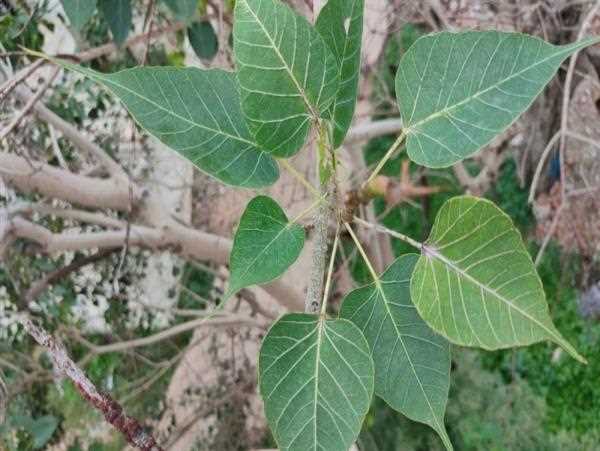Trees play a crucial role in mitigating the impact of climate change by absorbing carbon dioxide (CO2) from the atmosphere during photosynthesis. However, not all trees are created equal in terms of their ability to absorb CO2. Some tree species are more effective than others in absorbing CO2 and sequestering it in their biomass. Here are some of the tree species that absorb the maximum CO2:
Banyan Tree: Banyan trees are known for their extensive root system that can absorb large amounts of CO2 from the atmosphere. They are also known for their ability to absorb pollutants and improve air quality.
Neem Tree: Neem trees are known for their medicinal properties and their ability to absorb CO2. They are native to India and have been used for centuries in traditional medicine.

Rubber Tree: Rubber trees are native to the Amazon rainforest and are known for their ability to absorb large amounts of CO2. They are also an important source of natural rubber.
Black Walnut Tree: Black walnut trees are native to North America and are known for their ability to absorb CO2 and improve soil quality.
Pine Tree: Pine trees are common in many parts of the world and are known for their ability to absorb large amounts of CO2. They are also an important source of timber.
Oak Tree: Oak trees are common in many parts of the world and are known for their ability to absorb CO2 and provide habitat for wildlife. They are also an important source of timber.
Redwood Tree: Redwood trees are native to California and are known for their ability to absorb large amounts of CO2. They are also one of the tallest and longest-lived tree species in the world.
Eucalyptus Tree: Eucalyptus trees are native to Australia and are known for their ability to absorb large amounts of CO2. They are also an important source of timber and essential oils.
Mangrove Tree: Mangrove trees are found in coastal regions and are known for their ability to absorb large amounts of CO2 and protect shorelines from erosion.
Bamboo Tree: Bamboo trees are known for their ability to absorb large amounts of CO2 and grow quickly. They are also an important source of building materials and food.
In conclusion, while there are many tree species that can absorb CO2, the above-listed trees are among the most effective. Planting these trees and other species can help to mitigate the impact of climate change by absorbing CO2 and reducing the concentration of greenhouse gases in the atmosphere.